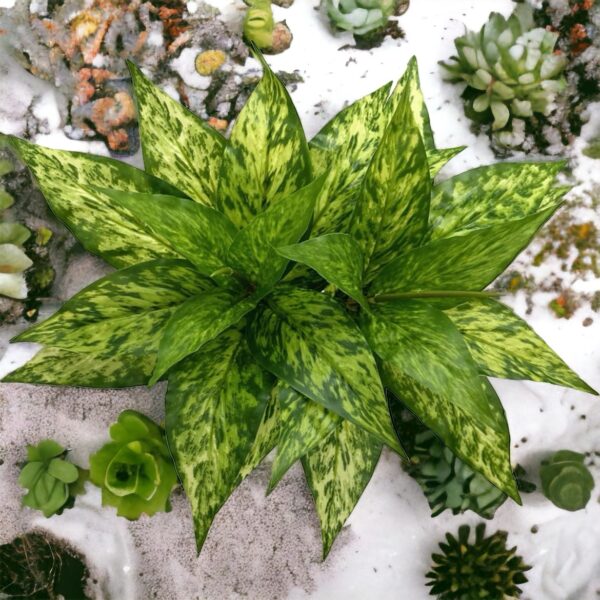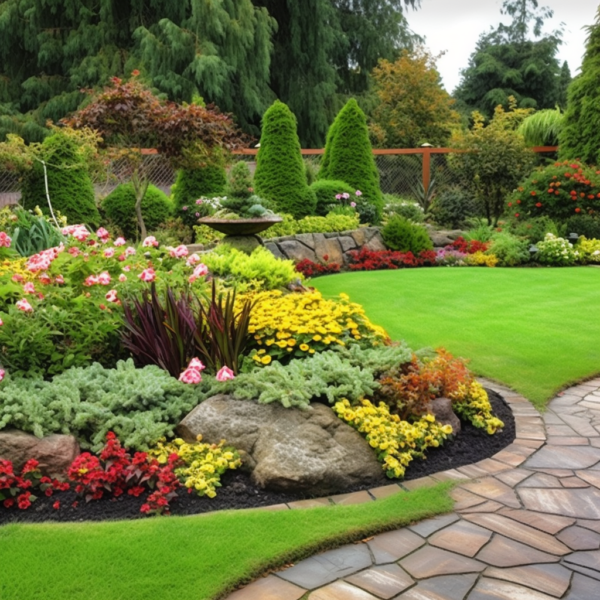Ladybugs, often celebrated in children’s songs and cherished as symbols of good luck, play a far more critical role in our gardens than many might realize. These vibrant little beetles, also known as ladybirds or lady beetles, are not just a delight to spot among the foliage; they are powerful allies in the battle against common garden pests. With their appetite for aphids, scale insects, mites, and more, ladybugs serve as a natural form of pest control, helping gardeners maintain the health of their plants without resorting to harmful chemical pesticides.
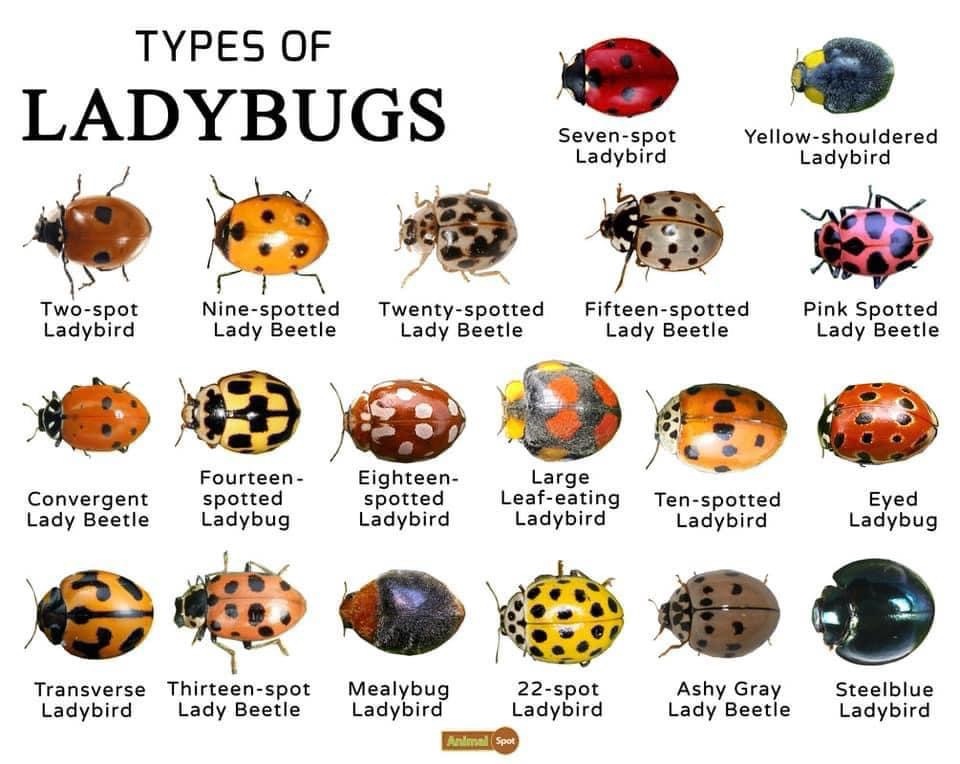
Understanding the lifecycle and habits of ladybugs can unlock new strategies for organic gardening and pest management. From their egg stage, laid near potential food sources, through their larval and pupal stages, and into adulthood, ladybugs are voracious eaters of pests that can otherwise devastate garden plants. Moreover, their fascinating range of colors and species adds an element of wonder to the garden ecosystem.
By fostering an environment that attracts and supports these beneficial insects, gardeners can enhance the biodiversity of their gardens and promote a more balanced, healthy outdoor space. This article delves into the fascinating world of ladybugs, exploring their lifecycle, the benefits they bring to the garden, and how we can encourage their presence. Through understanding and promoting the role of ladybugs, we can reduce our reliance on chemicals and embrace a more natural approach to gardening, all while enjoying the good luck these charming insects are said to bring.
What Makes Ladybugs the Ultimate Natural Pest Control?
Have you ever wondered what makes ladybugs such effective guardians of the garden? These tiny titans are not only charming but also incredibly efficient at keeping pest populations in check. Ladybugs are voracious predators of aphids, scale insects, mites, and other garden pests, which are known for damaging crops and ornamental plants. This predatory behavior makes them invaluable allies in maintaining the health and beauty of gardens without the need for chemical pesticides.
Natural Pest Control
The secret to the ladybug’s success lies in its lifecycle and feeding habits. Ladybugs lay their eggs in close proximity to colonies of aphids or other prey, ensuring their larvae have immediate access to food upon hatching. The larvae, which resemble tiny alligators, are even more voracious than their adult counterparts, consuming hundreds of aphids as they grow. This appetite for pests continues into adulthood, with a single ladybug capable of consuming thousands of aphids over its lifetime.
Contribution to Organic Gardening
For gardeners looking to adopt more organic practices, integrating ladybugs into the garden ecosystem can be a game-changer. By naturally controlling pest populations, ladybugs help reduce the reliance on chemical pesticides, which can have harmful effects on the environment and beneficial insects. Encouraging ladybugs to visit and reside in your garden can be as simple as diversifying plant life to attract them or providing suitable overwintering sites.
Incorporating ladybugs into your garden plan can also be an excellent complement to other organic gardening strategies. For instance, designing a garden with a focus on biodiversity not only supports ladybug populations but also enhances the overall health and resilience of the garden. For those interested in maximizing their garden space while promoting a healthy ecosystem, exploring a comprehensive garden plan, such as the one detailed in Maximizing Space: A 25×50 ft Victory Garden Plan for Families, can offer valuable insights and tips on creating a vibrant, productive, and ladybug-friendly garden.
By understanding the vital role ladybugs play in natural pest control and adopting garden practices that support their populations, gardeners can enjoy more lush, healthy, and sustainable gardens. Ladybugs not only contribute to the reduction of pests but also add to the beauty and biodiversity of the garden, making them a cherished component of any organic gardening endeavor.
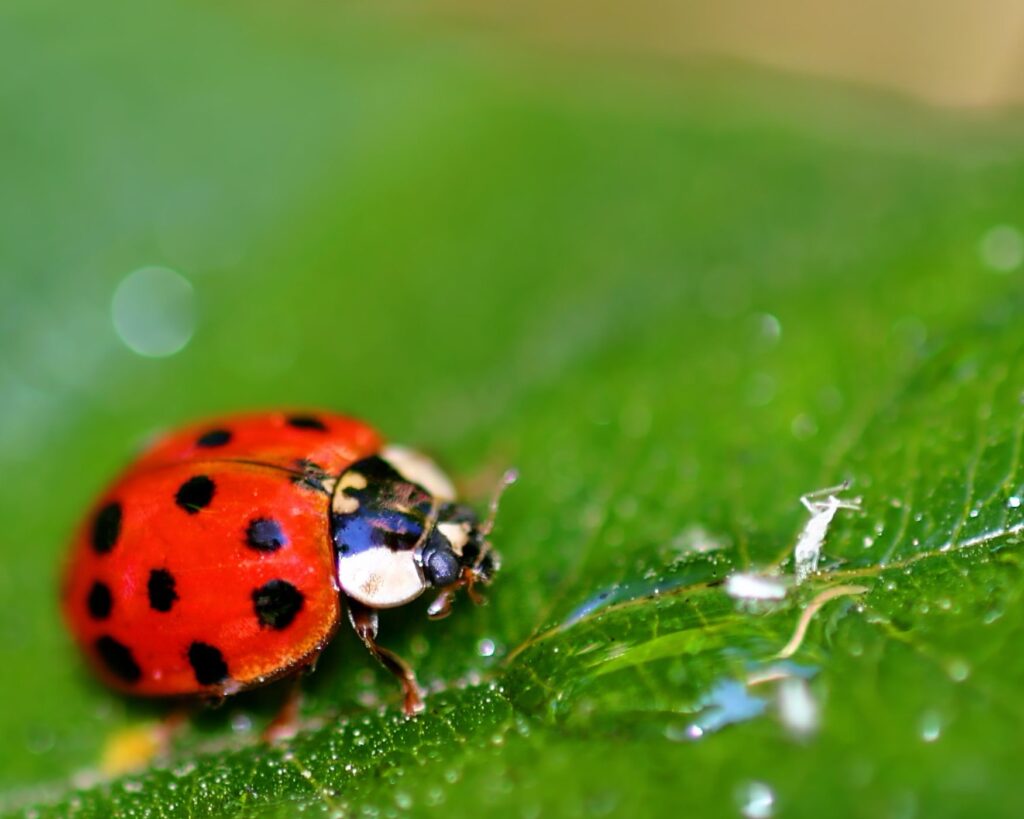
How Can You Attract and Support Ladybug Populations in Your Garden?
Attracting ladybugs to your garden and providing them with a supportive environment are essential steps in harnessing their natural pest control capabilities. Ladybugs are attracted to gardens that offer ample food sources, shelter, and suitable conditions for their lifecycle. But what specific steps can gardeners take to make their gardens more inviting to these beneficial beetles?
Creating a Ladybug-Friendly Environment
To attract ladybugs, start by planting a diverse array of flowers and herbs that provide nectar and pollen. These serve as supplemental food sources for ladybugs, especially when pest populations are low. Flowers such as marigolds, calendula, and cosmos, as well as herbs like dill, fennel, and cilantro, are excellent choices. These plants not only attract ladybugs but also add beauty and variety to your garden.
Providing Shelter and Overwintering Sites
Ladybugs seek out places to overwinter, such as leaf litter, under tree bark, or inside buildings, where they can stay protected from the cold. Creating a habitat that mimics these natural overwintering sites can encourage ladybugs to stay in your garden throughout the winter. This can be as simple as leaving a small area of your garden undisturbed with leaf litter and plant debris or setting up a ladybug house.
In addition to creating a conducive environment for ladybugs, incorporating fruit trees into your garden can further enhance biodiversity and attract a broader range of beneficial insects, including ladybugs. Fruit trees offer additional blossoms for nectar and can host a variety of pests for ladybugs to feed on, creating a balanced ecosystem. For gardeners looking to diversify their gardens with fruit trees, Top 10 Fruit Trees for Your Backyard: A Gardener’s Guide provides an excellent resource for selecting trees that will thrive in your space and contribute to a healthy, ladybug-friendly garden.
By planting a mix of flowers, herbs, and fruit trees, you can create a vibrant garden that supports not only ladybugs but a wide range of beneficial insects and wildlife. This approach not only contributes to a more productive garden but also supports the overall ecosystem, promoting a natural balance that can reduce the need for chemical interventions.
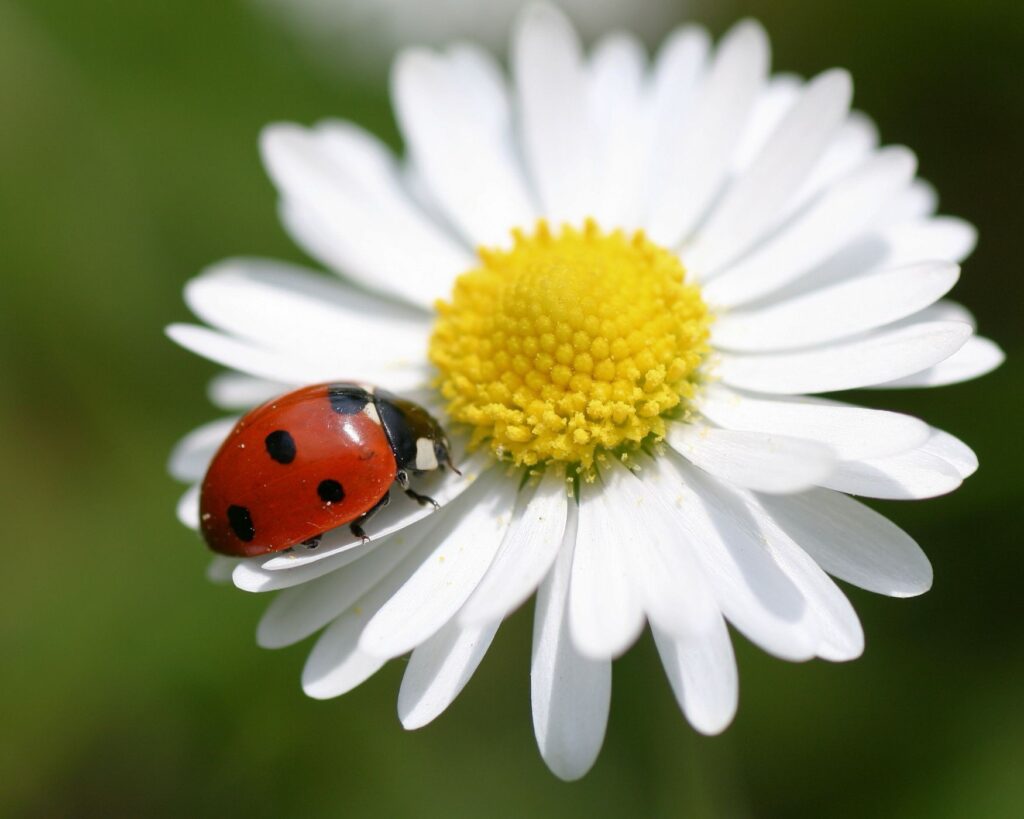
Beyond Pest Control: The Role of Ladybugs in a Holistic Garden Ecosystem
While ladybugs are celebrated for their appetite for aphids and other pests, their presence in the garden contributes to a much broader ecological balance. By attracting ladybugs, gardeners can take an important step towards creating a holistic garden ecosystem that supports a variety of life forms and promotes natural harmony. But how does the presence of ladybugs fit into the larger picture of garden health and sustainability?
Enhancing Biodiversity
Ladybugs are a key component of garden biodiversity. Their interactions with plants, pests, and other insects create a complex web of relationships that contribute to the health and resilience of the garden ecosystem. By controlling pest populations naturally, ladybugs help reduce the garden’s reliance on chemical pesticides, which can harm beneficial insects and soil health.
Supporting Organic Practices
The integration of ladybugs into the garden is a hallmark of organic gardening practices. These practices focus on working with nature to create a healthy and productive garden. By providing a habitat for ladybugs and other beneficial insects, gardeners can embrace a more sustainable approach to pest control and plant health.
Cultivating a Healing Garden
The principles of attracting ladybugs and promoting biodiversity align closely with the concept of a healing garden—a space that not only produces food but also supports well-being. For gardeners interested in exploring the healing aspects of their garden, cultivating plants with medicinal properties can add another layer of benefit to the gardening experience. Whether you’re interested in natural remedies for common ailments or simply want to explore the health benefits of gardening, Natural Painkillers You Can Cultivate at Home offers insights into plants that can be easily incorporated into your garden alongside ladybug-attracting flowers and herbs.
By viewing ladybugs as part of a comprehensive approach to garden health, gardeners can create spaces that nourish the body, mind, and environment. The presence of ladybugs in the garden is a sign of a healthy, balanced ecosystem where nature’s systems work together to create abundance. Embracing the practices that attract and support ladybugs is a step towards a more sustainable and holistic approach to gardening, one that recognizes the interconnectedness of all living things and the importance of maintaining natural balance.
As an Amazon Associate we earn from qualifying purchases through some links in our articles.

